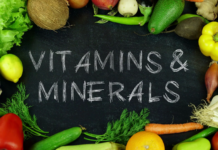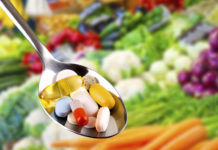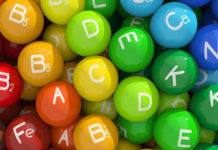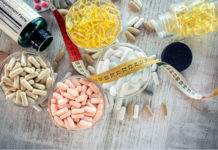Artificial Flavors
A great number of products have on the ingredient label “artificial flavors” listed. Because the FDA allows the use of “artificial flavors” on the label without having to specify what that actually contains, anything can be used to compose the “artificial flavors” label. Such can very likely mean that unnatural additives are included—or a blend of hundreds. For example, blueberry, cranberry, or strawberry artificial flavor may contain around 30 to 50 chemical compounds.
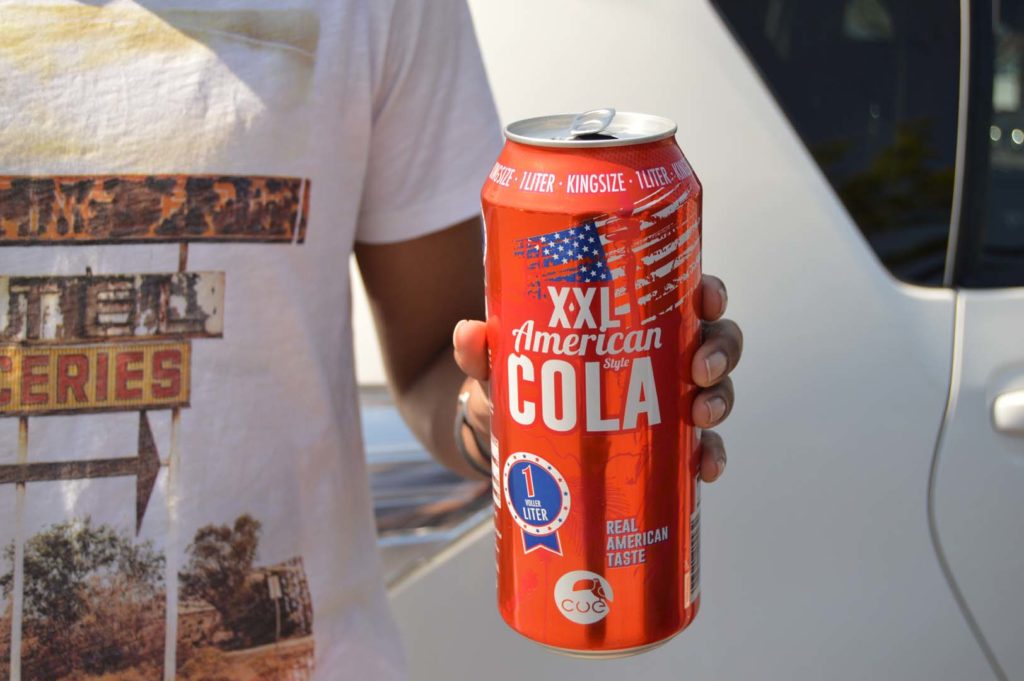
Some artificial flavorings have quite serious health concerns. For example, Diacetyl
Diacetyl has already been associated with potentially fatal lung disease. Occupational exposure to diacetyl among workers in microwave popcorn and food-flavoring factories has been linked with respiratory problems and debilitating lung disease.
Diacetyl is found in brown flavors, such as caramel, butterscotch, and other sweeteners. The butter flavoring added to microwave popcorn (diacetyl) has several implications for brain health and may contribute to beta amyloid plaques, which are associated with the development of Alzheimer’s disease.
Monosodium Glutamate (MSG)
MSG is an excitotoxin. This flavor enhancer is it’s actually added to countless processed food products ranging from frozen dinners and salad dressing to snack chips and meats, but most people associate it with Chinese food. Because the public has become aware of the possible dangers of MSG, dozens of other names may be used by the manufacturing and processing company, such as glutamic acid, hydrolyzed protein, yeast extract, and dozens of others.

MSG is the same neurotransmitter that your brain, nervous system, eyes, pancreas, and other organs use to initiate certain processes in your body. While the US Food and Drug Administration (FDA) continues to claim that consuming MSG does not cause ill effects, many experts report otherwise. MSG has been associated with obesity, eye damage, headaches, fatigue, disorientation, depression, rapid heartbeat, and numbness and tingling.
Artificial Colors (Dyes)
Nine of the food dyes currently approved for use in the US are linked to health issues ranging from cancer to hyperactivity and allergy-like reactions—and these results were from studies conducted by the chemical industry itself.
According to the Center for Science in the Public Interest (CSPI), more than 15 million pounds of artificial food dyes go into U.S foods each year. A variety of common food dyes and the preservative sodium benzoate cause some children to become more hyperactive and distractible, many of these dyes are derived for coal tars.
Red #40, which is the most widely used dye, may accelerate the appearance of immune system tumors in mice, while also triggering hyperactivity in children.
Blue #2, used in candies, beverages, pet foods, and more, was linked to brain tumors.
And Yellow #5, used in baked goods, candies, cereal, and more, may not only be contaminated with several cancer-causing chemicals but is also linked to hyperactivity, hypersensitivity, and other behavioral effects in children.
High-Fructose Corn Syrup (HFCS)
Food manufacturers as well as the FDA often claim that HFCS is no worse for you than sugar, but when you look at contemporary scientific research, you’ll see this is not the case. The consumption of high fructose corn syrup by Americans has gone from 36.7 pounds per year to 62.5 per year in the year 2000 alone. This harmful product is used by manufacturers because it’s cheap, easily added to processed foods and is extremely addicting. Comparing HFCS to sugar is like comparing drinking bleach to drinking rat poisoning…they’ll both kill you regardless.
However Fructose is primarily metabolized by your liver, because that is the only organ that has the transporter for it. In your liver, fructose is metabolized much like alcohol, causing mitochondrial and metabolic dysfunction in the same way as ethanol and other toxins. And just like alcohol, your body turns fructose directly into fat.

Preservatives
Food manufacturers use preservatives to lengthen the shelf life of foods, increasing their profits and avoiding spoilage. However their crafty way of saving a buck is done at your expense, since most are linked to health problems such as cancer, allergic reactions, and more.
The preservative category is a broad one with way too many chemical compounds for me to list. An example of a few and their toxic side effects is listed below. If you are concerned on what is a preservative in your foods, I suggest that you get in the habit of reading ingredient labels in any foods you purchase and stick to organic foods as well. If you don’t recognize an ingredient in the label and you’re the lucky few that doesn’t have a cell phone or don’t understand how to search on Google, follow a simple rule…if you don’t understand it, don’t buy it, the risk of ingesting preservatives is far too great to ignore.
BHA and BHT (butylated hydroxyanisole and butylated hydrozyttoluene) –
- Neurological problems
- behavioral issues
- hormonal issues
- metabolic dysfunction
- and cancer
TBHQ (tertiary-butyl hydroquinone)
- Nausea and vomiting
- Tinnitus
- Delirium
- sense of suffocation
- liver toxicity
- and reproductive mutations; (so deadly that just 5 grams can kill you)
Sodium benzoate
- Hyperactivity
- Asthma
- cirrhosis of the liver
- Parkinson’s disease
- and cancer
Sodium nitrite and nitrate
- Colorectal, stomach, and pancreatic cancers
Azodicarbonamide
- Cancer
- Asthma
- and allergies
© Copyright – Hector Sectzer





